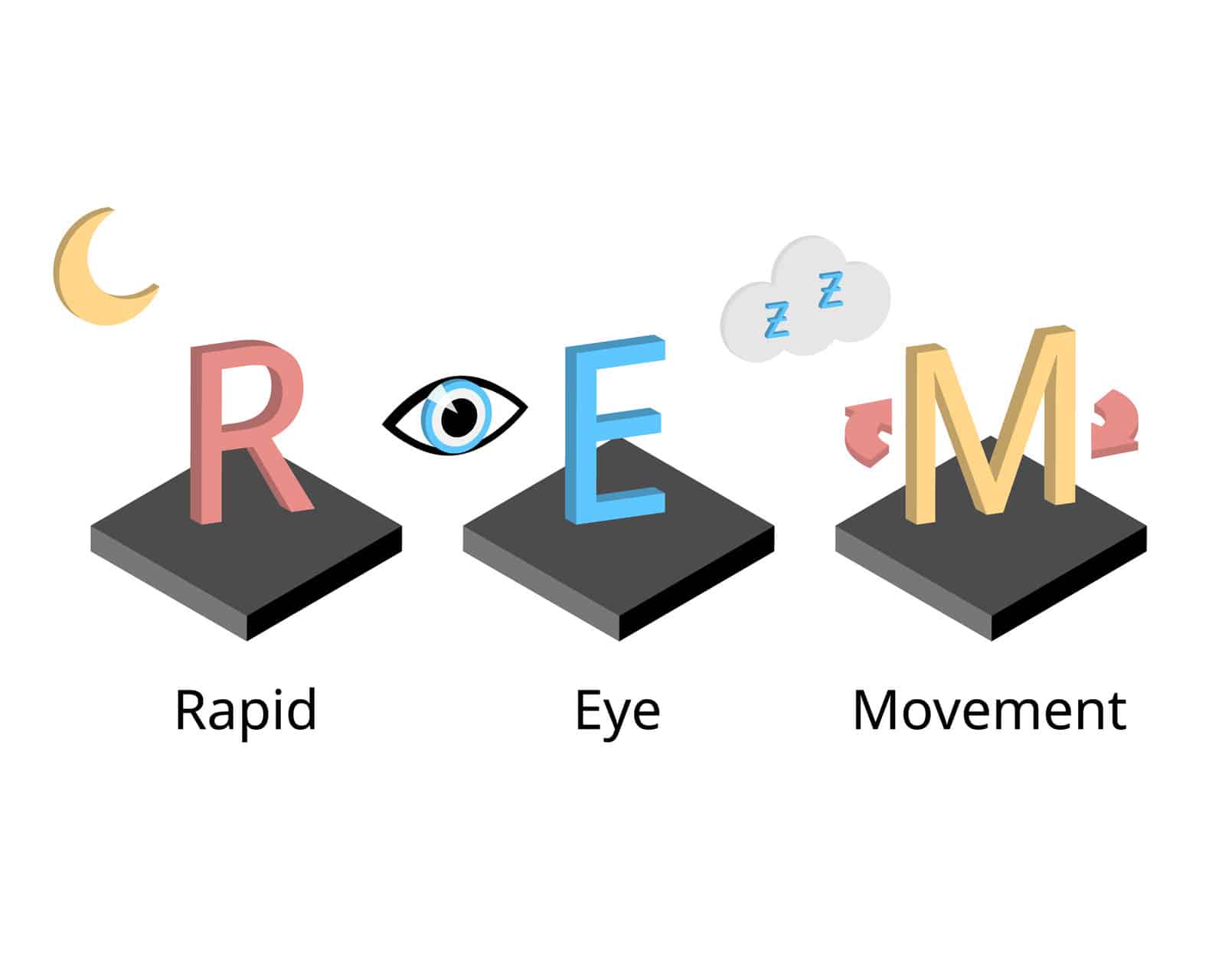REM Sleep

Sleep cycles alternate between REM (Rapid Eye Movement) and non-REM sleep. Non-REM sleep is further divided into stages 1-4, with stage 4 being the deepest level of sleep.
Most people spend about 20-25% of their time asleep in REM sleep. The first period of REM sleep typically occurs about 90 minutes after falling asleep. Each subsequent REM cycle becomes longer, with the final one lasting up to an hour.
REM is characterized by rapid eye movements, increased brain activity, and increased blood flow to the muscles. REM sleep is important for both physical and mental health.
Physical benefits of REM sleep include improved heart health, increased muscle mass, and improved immunity.
The mental benefits of REM sleep include improved memory and learning, increased creativity, and improved mood. REM sleep is also thought to play a role in the development of new neural connections.
REM sleep is a vital part of a healthy sleep cycle. However, it can be disrupted by conditions such as sleep apnea and narcolepsy. People with these conditions may experience daytime sleepiness, insomnia, and other symptoms.
Treatment for REM sleep disorders typically includes lifestyle changes, such as avoiding caffeine and alcohol and sleeping on your side. In some cases, medications may be necessary to help regulate sleep cycles.